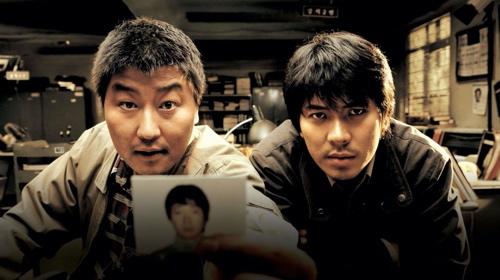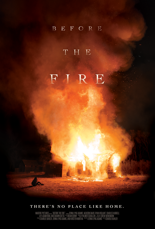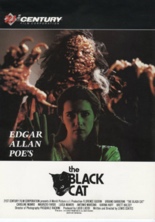
 When is Edgar Allan Poe’s “The Black Cat” not Edgar Allan Poe’s “The Black Cat”? When it’s Luigi Cozzi’s The Black Cat, of course. Nary a soul should be startled by that, given the director’s history with others’ intellectual property. (This is where you Google “cozzilla.”) However, with Poe’s bibliography residing whole-hog in the public domain, anyone can make a Poe adaptation or — as Cozzi has done here, following in AIP’s financially viable footsteps — just slap Poe’s name on a movie simply for salability’s sake.
When is Edgar Allan Poe’s “The Black Cat” not Edgar Allan Poe’s “The Black Cat”? When it’s Luigi Cozzi’s The Black Cat, of course. Nary a soul should be startled by that, given the director’s history with others’ intellectual property. (This is where you Google “cozzilla.”) However, with Poe’s bibliography residing whole-hog in the public domain, anyone can make a Poe adaptation or — as Cozzi has done here, following in AIP’s financially viable footsteps — just slap Poe’s name on a movie simply for salability’s sake.
Hey, at least Cozzi includes a black cat!
Filmmaker Marc Ravenna (Urbano Barberini of Lamberto Bava’s Demons) has written a sequel to Dario Argento’s Suspiria centering on the witch Levana. And who better to play the goop-drooling, pustule-faced “mother of madness” than his own actress wife, Anne (Florence Guerin of Jess Franco’s Faceless)?
Almost immediately, Anne starts encountering visions of Levana, starting with that butt-ugly witch — whose bumpy-lumpy face looks like a sweeps-week stunt for Dr. Pimple Popper — leaping through a mirror. Frightening as that brush with delusion may be, Anne returns to that deep dark truthful mirror night after night. More creepy crap happens around her, from a refrigerator’s produce sparking with electric jolts to a professor’s stomach exploding.
Being set in the world of making movies, The Black Cat is a movie that makes references to other movies. The most overt is when Marc’s screenwriting partner (the Gene Siskel-esque Maurizio Fardo of Enzo G. Castellari’s Escape from the Bronx) name-checks Suspiria, to which Anne replies, “That title rings a bell” as Goblin’s spooky, bell-ridden theme gets needle-dropped on the soundtrack.
Cozzi goes crazy with the saturated color gels of Argento and Mario Bava, but if there’s one director he’s ripped off more, it’s himself! It appears he’s recycled the box of Christmas-ornament spacescapes from his Hercules twofer and/or Starcrash, not to mention the latter’s leading lady (Caroline Munro, sexy as ever) and, finally, Contamination’s alien eggs for Levana’s Oxy 10-ready, pox-a-poppin’ skin. Mind you, these are all welcome elements of cut-rate creativity; and with The Black Cat and Paganini Horror arriving the same year, Cozzi clearly was on a roll — hopefully garlic-buttered. —Rod Lott

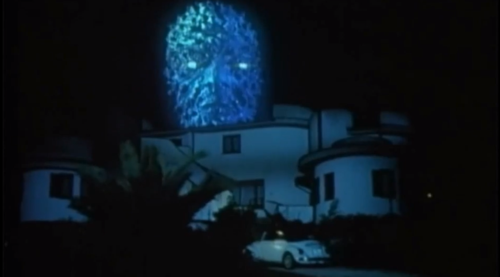
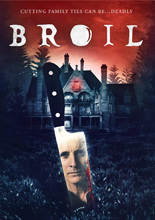
 For her 17 years of life, Chance Sinclair (Avery Konrad,
For her 17 years of life, Chance Sinclair (Avery Konrad, 
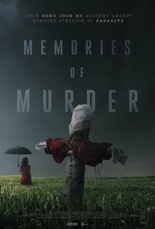
 In mid-2019, Bong Joon Ho’s
In mid-2019, Bong Joon Ho’s 